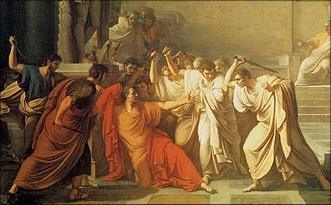Sen no Rikyu began studying zen at the Daitoku-ji Temple in northwest Kyoto. The temple was renown for "a deep relation with tea", and it was while he was studying there that Rikyu (who was then known as Yoshiro) changed his name to Sen Soueki. By the time he was 58 years old, he was serving as a tea master, and 5 years later he received the honorary title of "Koji". After the being awarded this esteemed Buddhist rank, Rikyu changed his name once more to Sen no Rickyu Koji establishing his prominence among the other Japanese tea leaders.
Sen no Rikyu left a legacy in the Japanese tea culture through his contributions to tradition. Rikyu believed that the 4 qualities that should be represented in a tea ceremony are:
-Harmony
-Respect
-Purity
-Tranquility
Rikyu also introduced several new behaviors into a contemporary Japanese tea ceremony, including:
-A tea house should hold 5 people.
-Utensils should be washed in a small separate room.
-There should be two entrances to a tea room: one for the host and one for the guests.
-The doorways should be low so that one must bend down to enter, humbling one's self for the ceremony.
One of Rikyu's most well-known sayings is:
"Though many people drink tea,
if you do not know the Way of Tea,
tea will drink you up."
Another one of his well-known quotes is:
"The Way of Tea is naught but this:
first you boil water,
then you make the tea and drink it."
This quote exhibits Rikyu's zen, simplistic view of the tea ceremony.
Drawing of a standard Japanese tea ceremony.
A Japanese Tea House
Sources:
http://www.zenstoriesofthesamurai.com/Characters/Sen%20no%20Rikyu.htm
http://www.newworldencyclopedia.org/entry/Sen_no_Rikyu
http://www.mfa.org/programs/lecture/day-about-japanese-tea
http://www.arch.columbia.edu/labs/fablab/summer-2010-fabrication-workshop
http://www.omotesenke-newyork.com/demo_e.html








